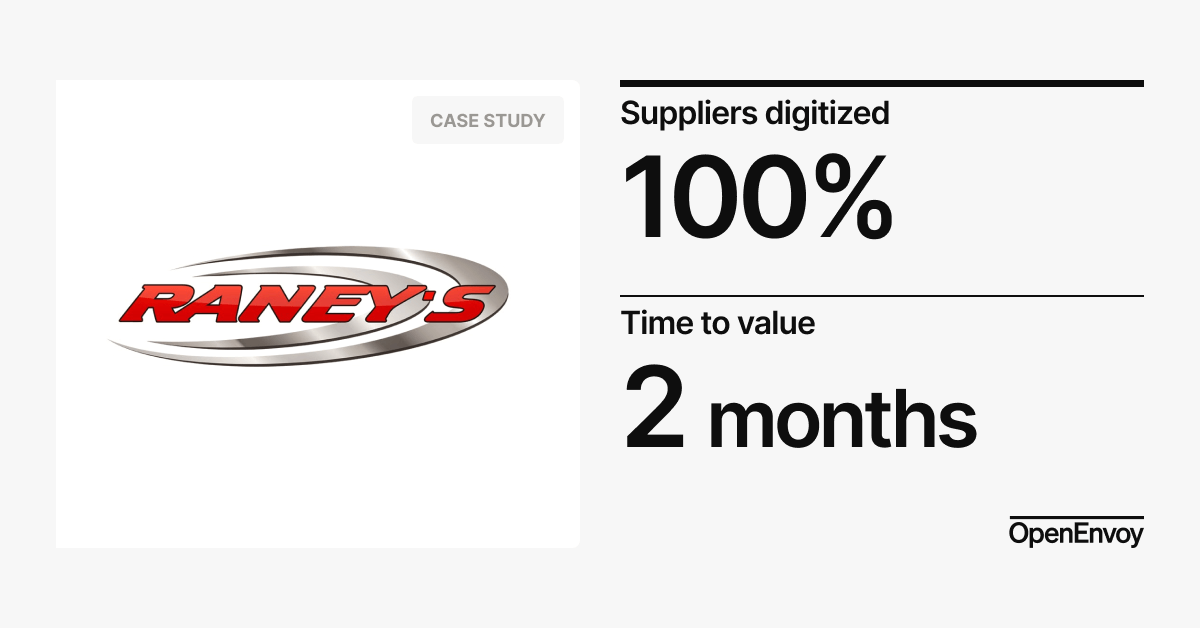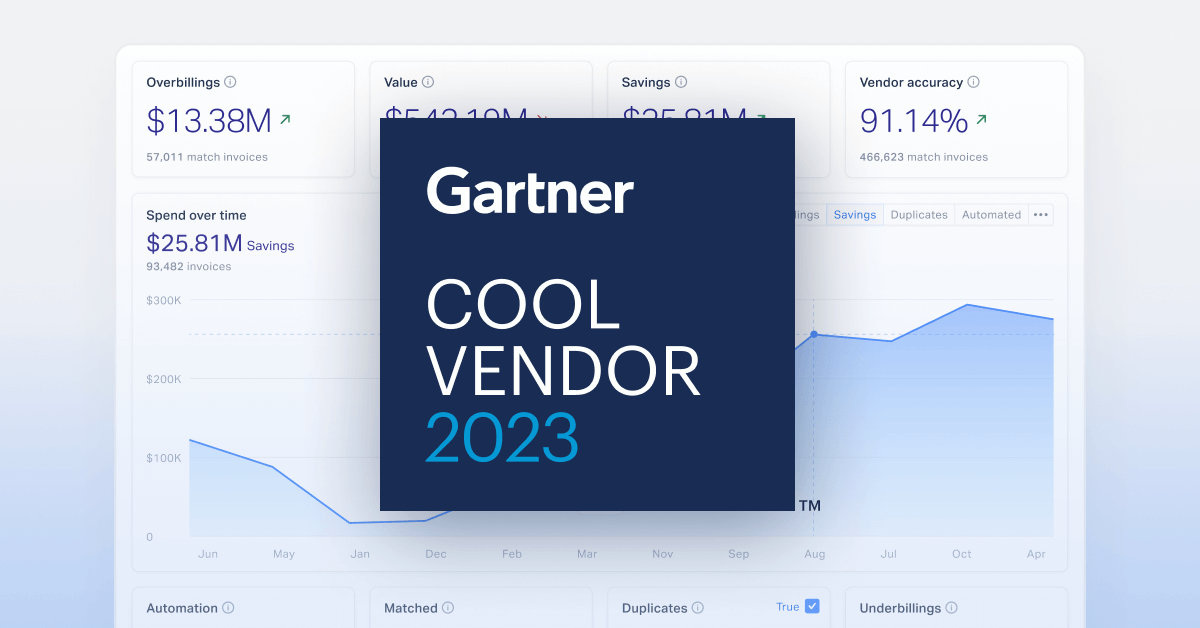< Back to E-Invoicing Overview
Austria has been an early adopter of e-invoicing, implementing regulations to enhance efficiency, reduce administrative burdens, and ensure compliance with European Union standards. The country has fully mandated e-invoicing for public sector transactions, aligning with the EU Directive 2014/55/EU, and is steadily encouraging its use in the private sector.
Austria’s e-invoicing framework is designed to simplify financial transactions by integrating with the country’s tax reporting system. Businesses that voluntarily adopt digital invoicing benefit from faster processing times, reduced costs, and improved tax compliance. The widespread adoption of Peppol as the preferred e-invoicing network has further strengthened Austria’s ability to support seamless cross-border transactions.
Regulatory authority
The Austrian Federal Ministry of Finance (BMF) is responsible for overseeing e-invoicing implementation and tax reporting.
E-invoicing requirements
Since January 1, 2014, all public sector suppliers are required to issue electronic invoices when invoicing government entities. e-invoicing in B2B transactions is not mandatory but widely encouraged.
Accepted invoice formats
Austria mandates invoices to be issued in ebInterface XML format, with additional support for Peppol BIS for cross-border transactions.
Transmission channels
Invoices must be submitted through the USP (Unternehmensserviceportal), Austria’s central e-invoicing platform for public sector transactions. Businesses can also use Peppol for interoperability with international systems.
Digital signatures
Digital signatures are not mandatory but can be used to ensure invoice authenticity.
Archiving requirements
Electronic invoices must be stored securely for seven years. Businesses must maintain invoice accessibility and integrity during this period.
How B2B e-invoicing works in Austria
Businesses generate invoices in ebInterface XML format and submit them via Peppol or other private networks. e-invoicing is voluntary but recommended for streamlining financial operations.
How B2G e-invoicing works in Austria
Invoices must be issued in ebInterface XML format and submitted through USP. Public sector entities validate and process invoices upon receipt, after which businesses must archive invoices for seven years.


